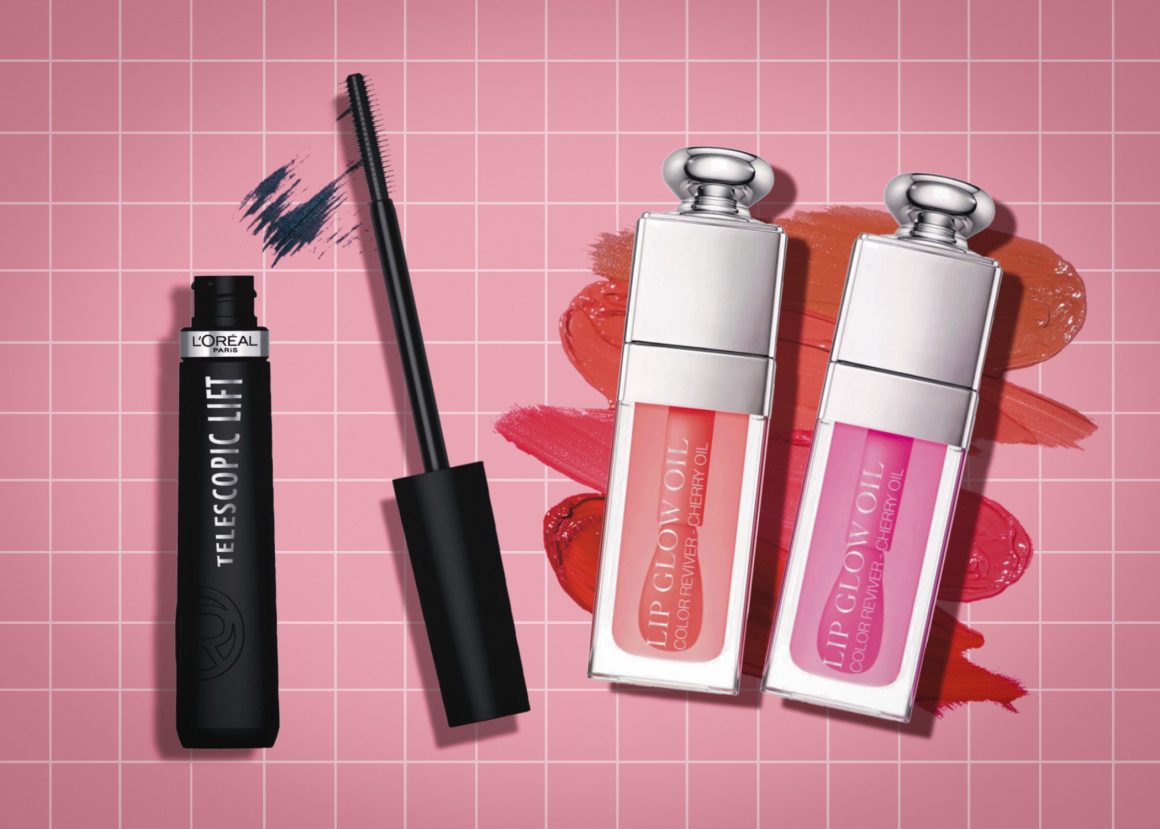
Deinfluencing the new “it girl” of TikTok
By Medina Mohammed, September 27 2023—
Since TikTok gained mainstream popularity, almost everything has become a trend. From “entering a new era,” different types of activism, the mountains of different aesthetics, Stanley cups, the new “it girl” of the season, influencing and most recently, deinfluencing.
Deinfluencing began to trend after Mikayla Nogueira’s “MascaraGate” scandal. She was known for her transparency in her videos about the truth behind popular products. Influencers, such as Nogueira’s, business model is based on receiving packages from brands and reviewing the product online with positive reviews, making audiences want to own the product. This was not only happening in the beauty community on TikTok but in every corner of the app, from books to school supplies. For every new video, there seems to be a “must-have” product that the audience seemingly cannot live without — the result of this has been an overconsumption of products, wasted money and upset consumers. This excessive need to have the newest thing has led to fast fashion shops like Shein and more recently, Temu, which use sweatshops and child labour to make their diverse range of products. This has also led to the “duping” of popular products, essentially a knockoff of a popular item found on cheaper websites such as Amazon.
The viral Dior Lip Glow Oil can be seen following both the influencing and the deinfluencing trend. At first, content creators were selling the product to audiences, claiming it was a revolutionary product and a must-have for every girl. Dupes of the product were also a commodity, especially on Amazon, where there is a product also exactly the same for a fraction of the cost. The lip oil was quickly sold out in available stores, making it more popular since it was hard to access. However, the overnight success of the lip oil only lasted so long.
Beginning in February of 2023, the first viral videos of deinfluencing spread on the platform. Many smaller content creators began to criticize the lip oil for its hefty price tag ($50 at Sephora,) the sticky and drying formula, and the apparent lack of pigment. For every deinfluencing video made in the beauty community, the same creator would post a video with their favourite alternative products. These products were often cheaper and more accessible for the everyday buyer, but they still used their platform to influence the viewer to buy the product they were promoting.
Deinfluencing, for smaller creators and everyday people, is a way of coping with overconsuming products when consumers are bombarded with product placement in almost every TikTok video they watch. While this trend is helpful for products unrelated to beauty, like buying a 20-pack beige highlighter set from Amazon, another water bottle, or fast fashion. However, for beauty and makeup or skincare-related products, it does little to nothing to negate the impact of overconsumption.
Since the boom of the deinfluencing trend, larger creators have also started to create their own versions. These larger creators are typically full-time content creators and review these products for a living, meaning they have an abundance of products at their disposal. The more the full-time beauty influencers jump onto the deinfluencing trend, the more “trendy” it becomes, making it less about environmental impacts and more about who can get the most views.
This article is a part of our Opinions section and does not necessarily reflect the views of the Gauntlet editorial board.
